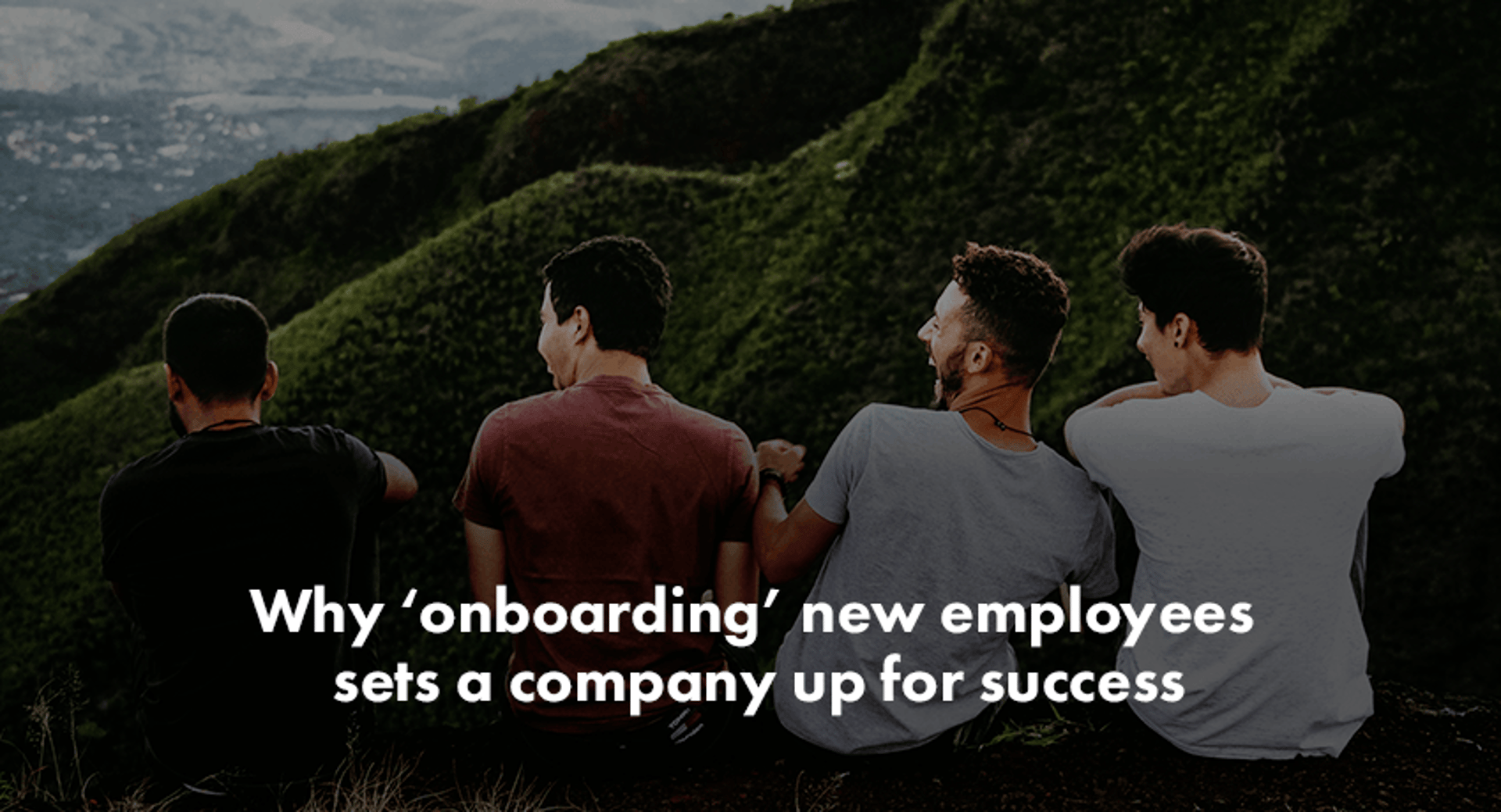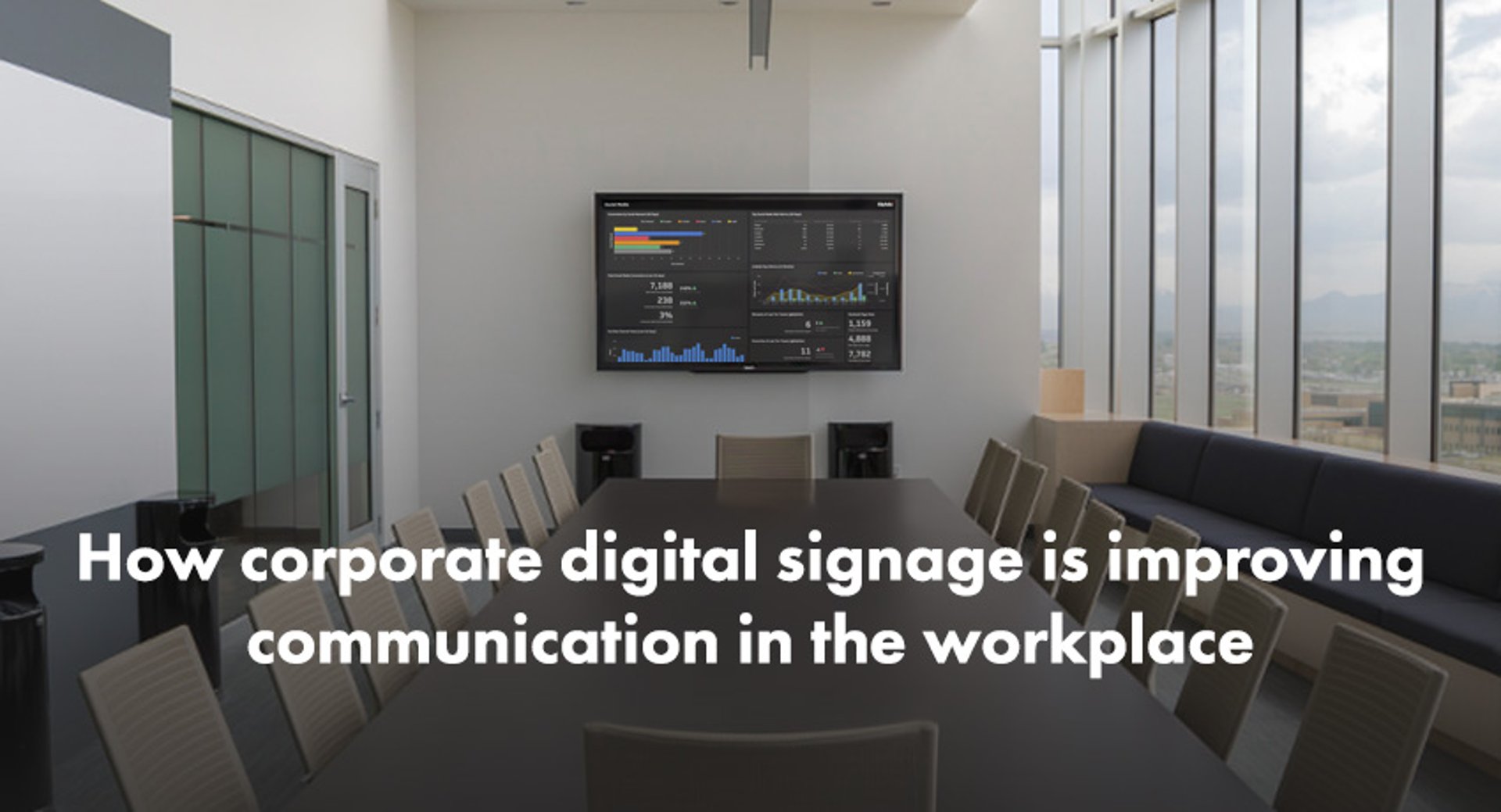HR blogs
A collection of our most recent articles on

What you should measure in employee performance reviews
By Matt Shealy — February 3, 2020

Why ‘onboarding’ new employees sets a company up for success
By Jeremy Hall — March 1, 2017

How corporate digital signage is improving communication in the workplace
By Sonia Darlison — August 9, 2016

How to Reduce Cost Per Hire Without Sacrificing Quality
By Ben Mulholland — September 24, 2018

Employee retention metrics: The 5 metrics you should be measuring
By Mark Brownlee — January 14, 2019

Why I Broke My Golden Rule of Internships
By Melody Habbouche — April 18, 2019

A simple tip for successfully keeping knowledge workers engaged
By Ali Pourshahid — July 16, 2016

Get the HR into OKRs
By Brett Knowles — September 19, 2018

Get the HR out of OKRs
By Brett Knowles — September 19, 2018